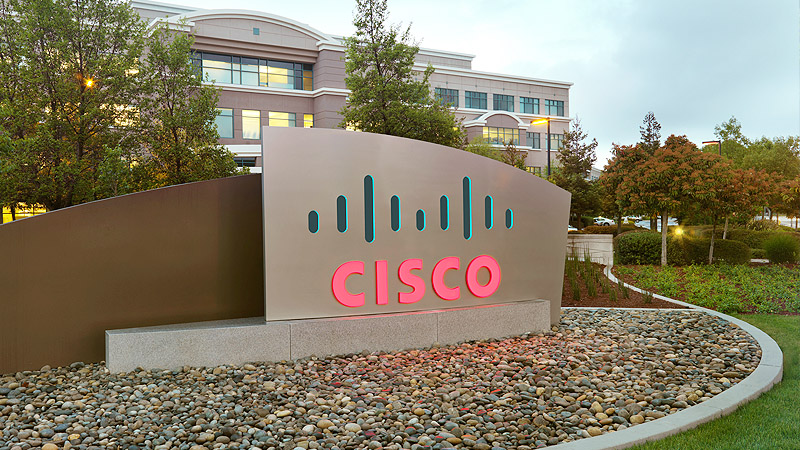SAN JOSE, Calif., March 20, 2000 - Continuing its growth and leadership in the DSL market, Cisco Systems (NASDAQ: CSCO), the worldwide leader in networking for the Internet, today announced that it has a footprint to reach well over one million ADSL subscribers across ports on Cisco DSLAMs installed by service providers worldwide. This milestone was achieved at the end of 1999. The most recent research reports from Dell'Oro Group and Cahners In-Stat Group show Cisco continues to maintain a strong leadership position as one of the top two companies in the industry as measured by ADSL ports shipped and overall revenue. The Yankee Group estimates that there will be more than two million DSL subscribers by the end of 2001 and more than six million by the end of 2003.
"Cisco's focus on customer needs, experience in the DSL and Internet markets, and ability to anticipate market directions are key factors that have contributed to our success in DSL," said David Gudmundson, vice president and general manager the Cisco DSL Business Unit.
Since early 1998, when Cisco customers rolled out the world's first commercial DSL deployments, Cisco has paved the way for service providers to rapidly deploy value-added New World services to the mass market. In June 1999, Cisco pioneered the new wave of intelligent central office products in the DSL market with the introduction of its ATM-based smart DSLAM portfolio. In addition, by achieving Level Three Network Equipment Building Systems (NEBS) compliance from Telcordia Technologies on the Cisco 6400 universal access concentrator in early 1999, Cisco anticipated the market need for co-locating intelligent ATM and IP DSL solutions in the central office. By incorporating both ATM and IP, the Cisco 6000 smart DSL products deliver advanced Quality of Service (QoS) features that enable service providers to deploy a rich set of revenue-generating differentiated services in the local loop.
"The industry is reaching a turning point that will separate those vendors that can deliver mass-scale solutions and premium services from those that will become niche players or be left behind altogether," said Gudmundson. "Transport-only DSLAMs are on the way out. Our smart DSL portfolio delivers the necessary ATM and IP ingredients for service providers to rapidly scale their DSL networks and provision multi-service revenue-generating solutions that will sustain future growth."
Cisco DSL Achievements and Innovations
- Cisco added 38 new DSL customers in the last calendar quarter of 1999. In addition to numerous customer wins in North America last year, Cisco had strong growth internationally, delivering and installing its equipment for customers throughout Europe, Asia and Latin America.
- A November Cahners In-Stat Group report entitled "The High-Speed Stampede: U.S. ISPs Roll Out XDSL Service Faster Than Expected," named Cisco as the preferred vendor for Internet Service Providers (ISPs) that are deploying their own digital subscriber line (DSL) equipment.
- Cisco was the first to demonstrate Switched Virtual Circuits (SVCs) running over DSL at the Telecom '99 Exposition in Geneva in October 1999. Provisioning DSL service with SVCs will help service providers reduce their deployment costs and enable rapid mass-market provisioning.
- Intel and Cisco announced a technology agreement in July 1999 for Intel to develop, manufacture and market a line of PC-based Asymmetrical Digital Subscriber Line (ADSL) modems compatible with Cisco's central office DSL equipment. The agreement furthers Cisco's strategy to enable high-speed mass-market access to the home by working with leading providers of PC networking products.
- In 1998, Cisco was the first to deliver splitterless ADSL with microfilters that allow subscribers to easily self-install ADSL in the home, enabling service providers to cost effectively and rapidly provision and scale services by avoiding the expense and time-delay of sending a technician to install the modem.
- Cisco delivered Digital Off-Hook (DOH) technology in 1997, the first DSL modem pooling technology in the industry. DOH allows service providers to oversubscribe modems and offer a lower cost option for DSL service to end users who do not require "always-on" service.



